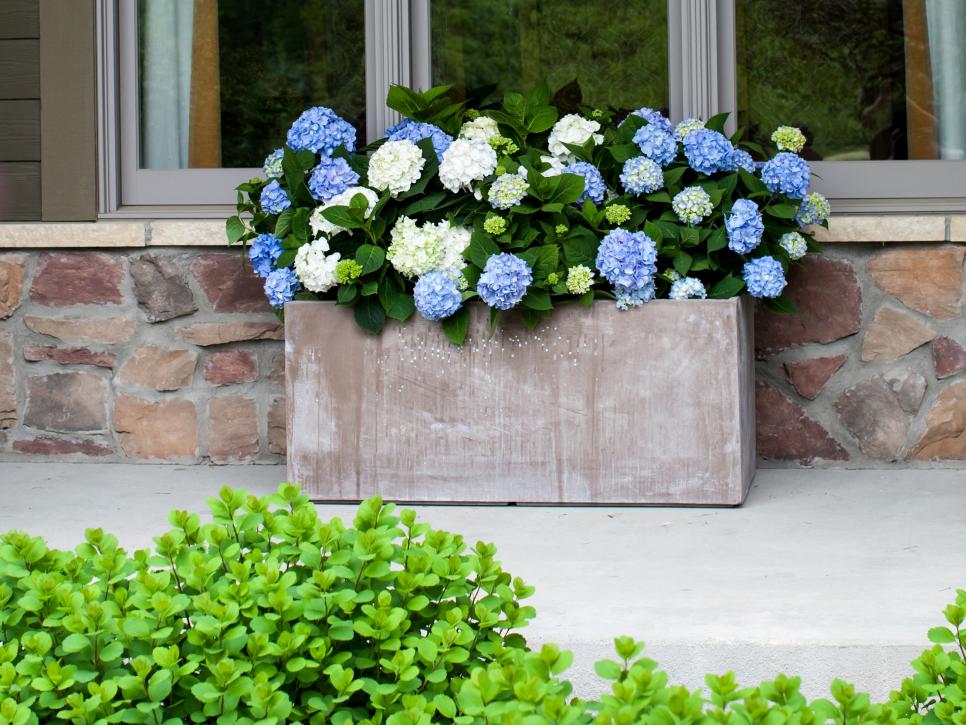First It Sleeps Then It Creeps Then It Leaps: How To Grow A Beautiful Climbing Hydrangea
Title: First it sleeps then it creeps then it leaps: How to grow a beautiful climbing hydrangea
Introduction:
Climbing hydrangeas are a beautiful and versatile plant that can add a touch of elegance to any garden. They are known for their lush, cascading blooms that come in a variety of colors, including white, pink, blue, and purple. Climbing hydrangeas are also relatively easy to care for, making them a great choice for even beginning gardeners.
The saying "First it sleeps, then it creeps, then it leaps" is often used to describe the growth of climbing hydrangeas. This is because they can take a few years to get established, but once they do, they can grow very quickly.
In this blog post, we will discuss the basics of growing climbing hydrangeas, including how to choose the right location, plant them, and care for them. We will also share some tips for getting the most out of your climbing hydrangeas.
Main Content:
Choosing the right location:
Climbing hydrangeas need a location that gets full sun or partial shade. They also need well-drained soil that is rich in organic matter. If your soil is not well-drained, you can amend it with compost or peat moss.
Planting:
The best time to plant climbing hydrangeas is in the spring or fall. When planting, dig a hole that is twice as wide and as deep as the root ball of the plant. Backfill the hole with the same soil that you removed, and water the plant well.
Care:
Climbing hydrangeas are relatively easy to care for. They need regular watering, especially during the first year after planting. You should also fertilize them once a year in the spring with a balanced fertilizer.
Pruning:
Climbing hydrangeas do not need to be pruned very often. However, you should prune them after they bloom to remove any dead or damaged branches. You can also prune them to shape the plant or to control its growth.
Tips for getting the most out of your climbing hydrangeas:
- Choose a climbing hydrangea that is suited to your climate. There are many different varieties of climbing hydrangeas, so be sure to choose one that will thrive in your area.
- Plant your climbing hydrangea in a location that gets full sun or partial shade. Climbing hydrangeas need sunlight to bloom, but they can also tolerate some shade.
- Water your climbing hydrangea regularly, especially during the first year after planting. Climbing hydrangeas are drought-tolerant, but they will do best with regular watering.
- Fertilize your climbing hydrangea once a year in the spring. Use a balanced fertilizer to help your plant grow and bloom.
- Prune your climbing hydrangea after it blooms. This will help to keep the plant healthy and to shape it the way you want.
Conclusion:
Climbing hydrangeas are a beautiful and versatile plant that can add a touch of elegance to any garden. They are relatively easy to care for, making them a great choice for even beginning gardeners. With a little care, your climbing hydrangea will thrive for many years to come.
Creeping hydrangea is a beautiful and versatile plant that can add a touch of elegance to any garden. It is perfect for covering unsightly walls or fences, and it can also be grown as ground cover. The flowers are white and fragrant, and they bloom in late spring to early summer.
If you are interested in learning more about creeping hydrangea, I recommend visiting . This website has a wealth of information about the plant, including its care requirements, planting instructions, and varieties. You can also find photos and videos of creeping hydrangea in bloom.
I hope you enjoy learning more about this beautiful plant!
FAQ of creeping hydrangea
Q: When should I plant creeping hydrangea?
A: Creeping hydrangea can be planted in spring or fall. If you plant in spring, the plant will have time to establish itself before the first frost. If you plant in fall, the plant will have time to root before the ground freezes.
Q: How much sun does creeping hydrangea need?
A: Creeping hydrangea prefers part shade to full shade. Too much sun can scorch the leaves, while too little sun will prevent the plant from blooming.
Q: How much water does creeping hydrangea need?
A: Creeping hydrangea needs regular watering, especially during the first year after planting. The soil should be kept evenly moist, but not soggy.
Q: How do I fertilize creeping hydrangea?
A: Creeping hydrangea should be fertilized in spring with a balanced fertilizer. You can use a slow-release fertilizer or a water-soluble fertilizer.
Q: How do I prune creeping hydrangea?
A: Creeping hydrangea should be pruned in late winter or early spring. Remove any dead or damaged branches. You can also lightly prune the plant to encourage new growth.
Image of creeping hydrangea
5 different images of "creeping hydrangea" from Pinterest:
- Image 1: A close-up of a creeping hydrangea flower in full bloom. The flowers are white with a hint of pink, and they are arranged in a cascading cluster.

- Image 2: A full shot of a creeping hydrangea plant. The plant is covered in white flowers, and it is growing up a trellis.

- Image 3: A creeping hydrangea plant in the fall. The leaves of the plant have turned a beautiful shade of yellow, and the flowers are starting to fade.

- Image 4: A creeping hydrangea plant in the winter. The leaves of the plant have fallen off, but the stems are still covered in the dried flower clusters.

- Image 5: A creeping hydrangea plant in a pot. The plant is growing on a sunny patio, and it is covered in white flowers.

Post a Comment for "First It Sleeps Then It Creeps Then It Leaps: How To Grow A Beautiful Climbing Hydrangea"